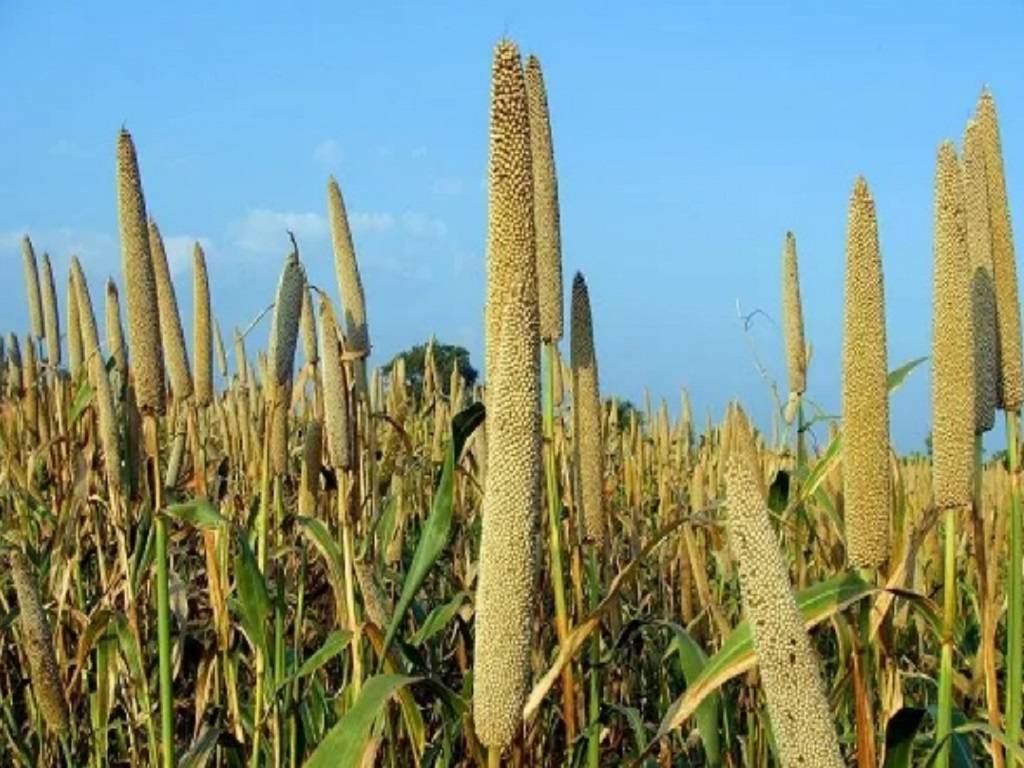
Once dubbed a poor man’s food, millets are increasingly finding their way into the dining plates across the world. Over the past few years, the rapid shift towards healthy eating has brought back the focus on millets.
Millets are a highly variable small-seeded group of grasses that are grown worldwide as a food crop or grain for both human food and fodder. They essentially do not form categorical groups, but functional or agricultural groups instead. They are grown in difficult farming conditions such as low-nutrient and acidic soils making them easy to harvest. Almost 97% of millet production happens in developing countries and its productivity is favoured in dry and high-temperature conditions.
Deeply entrenched in India’s mythology and history, millets come in different shapes, the most popular being sorghum (jowar), pearl millet (bajra), and finger millet (ragi) that are commonly consumer in Indian households. The other types of millets that are increasingly becoming popular are little millet (kutki), small millet (samai), foxtail millet (kangni), proso millet (barri), barnyard millet (jhangora), kodo millet (kodra), two pseudo millets (buckwheat and kuttu), and Ameranthus (chulai), among others.
Currently, India is the fifth largest exporter of millets in the world alongside other countries like the US, Russia, Ukraine, India, China, the Netherlands, France, Poland, and Argentina. As per industry estimates, India millets export figures came down marginally in 2020-21 ($26.97 million) compared to 2019-20 ($28.5 million). This at a time when global exports of millets were $466.284 million in 2020.
Surely, millets have catapulted India to the world stage. And rightfully so, the government should be lauded for making 2022-23 the 'International Year of Millets'. There is a huge untapped market for millets for Indian farmers. If planned well, India would become the largest exporter and consumer of millets kick-starting a health movement in the country.
So, what needs to be done? Primarily three things.
Position millets as super grains
For long green revolution has ignored the benefits of millets and focussed mainly on rice and wheat. This despite the fact, that millets have been a part of Indian culture for more than 3000 years. Their values go beyond the spectrum, from being a low-maintenance crop to being a nutri-cereals. They grow well in dry regions as rain-fed crops. As the government celebrates the International Year of Millets, support is needed for post-harvest value addition, enhancing domestic consumption, and branding millet products nationally as well as internationally.
Position millets as climate compatible crops
India produces nearly 14 million tons of millets in states like Rajasthan, Bihar, Gujarat, Karnataka, Andhra Pradesh, Telangana, Madhya Pradesh, Tamil Nadu, and Uttar Pradesh. As per estimates, around 14 million hectors in India are used for the cultivation of millets. In most of these states, rice and wheat are also grown that need more water for cultivation vis-à-vis millers.
For example, rice plants need 2.5 times more water for cultivation in comparison to millers. Being climate compatible and self-sustainable crops, millets offer an ecological balance and that too during times of distorted weather patterns. Consuming millets will not only be nutritious but will be also eco-friendly as well.
Millets need a strong marketing campaign
Unlike other cereals like wheat or rice, millets have lacked a sustained marketing campaign that would have put them on the centre stage.
Due to lack of marketing push from the producers, big brands have stayed away from millets.
On the other end, rice and wheat had some big brands and hence their visibility was high. Millets need to be positioned as a super grain and it would need a lot of effort right from policymakers and a strong public-private partnership across multiple levels to catapult India into a major global producer of millets. We are witnessing there is a push for ‘multi-grain atta’ and this augurs well for the crop.
There is no denying the fact that demand for nutri-cereals rising fast across the globe, and it is high time for India to play a bigger role. Our data suggests that the top three countries to which India exported millet were Saudi Arabia, Iran, and Iraq which together accounted for 69.5% of its total millet exports.
These countries were followed by Singapore, United Arab Emirates, Kuwait, Canada, Bahrain, Oman, and Lebanon which together accounted for a further 21%. It clearly shows that there is an untapped market for India to make it big.












Share your comments